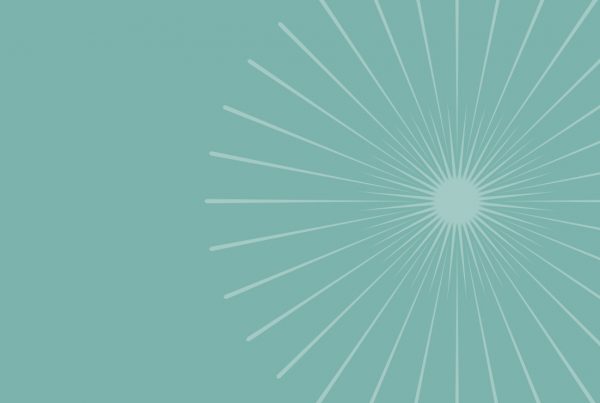Frank J. Brooks, Sean P. Gunsten, Sunil K. Vasireddi, Steven L. Brody, and Mark A. Anastasio
Physiol Rep. 2019 Aug; 7(16): e14208
To date, there are very limited noninvasive, regional assays of in vivo lung microstructure near the alveolar level. It has been suggested that x‐ray phase‐contrast enhanced imaging reveals information about the air volume of the lung; however, the image texture information in these images remains underutilized. Projection images of in vivo mouse lungs were acquired via a tabletop, propagation‐based, X‐ray phase‐contrast imaging system. Anesthetized mice were mechanically ventilated in an upright position. Consistent with previously published studies, a distinct image texture was observed uniquely within lung regions. Lung regions were automatically identified using supervised machine learning applied to summary measures of the image texture data. It was found that an unsupervised clustering within predefined lung regions colocates with expected differences in anatomy along the cranial–caudal axis in upright mice. It was also found that specifically selected inflation pressures—here, a purposeful surrogate of distinct states of mechanical expansion—can be predicted from the lung image texture alone, that the prediction model itself varies from apex to base and that prediction is accurate regardless of overlap with nonpulmonary structures such as the ribs, mediastinum, and heart. Cross‐validation analysis indicated low inter‐animal variation in the image texture classifications. Together, these results suggest that the image texture observed in a single X‐ray phase‐contrast‐enhanced projection image could be used across a range of pressure states to study regional variations in regional lung function.


